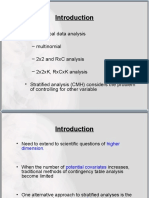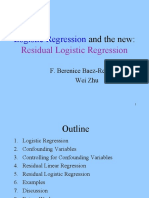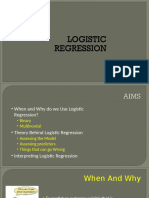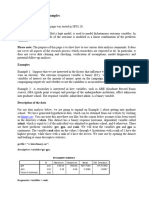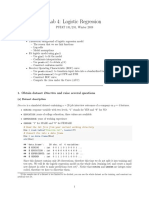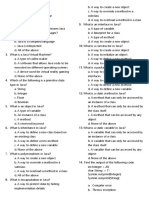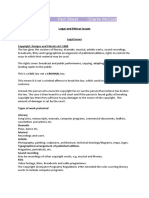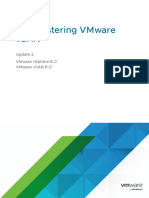0% found this document useful (0 votes)
7 views43 pagesIntroduction To Logistic Regression
The document provides an introduction to logistic regression, a statistical method for binary classification that predicts the probability of an outcome using the logistic function. It covers types of logistic regression, including binary, multinomial, and ordinal, as well as the assumptions and advantages of the method. Additionally, it presents examples of simple and multiple logistic regression analyses, including their equations and interpretations.
Uploaded by
Haliyah MusibauCopyright
© © All Rights Reserved
We take content rights seriously. If you suspect this is your content, claim it here.
Available Formats
Download as PPTX, PDF, TXT or read online on Scribd
0% found this document useful (0 votes)
7 views43 pagesIntroduction To Logistic Regression
The document provides an introduction to logistic regression, a statistical method for binary classification that predicts the probability of an outcome using the logistic function. It covers types of logistic regression, including binary, multinomial, and ordinal, as well as the assumptions and advantages of the method. Additionally, it presents examples of simple and multiple logistic regression analyses, including their equations and interpretations.
Uploaded by
Haliyah MusibauCopyright
© © All Rights Reserved
We take content rights seriously. If you suspect this is your content, claim it here.
Available Formats
Download as PPTX, PDF, TXT or read online on Scribd
/ 43











